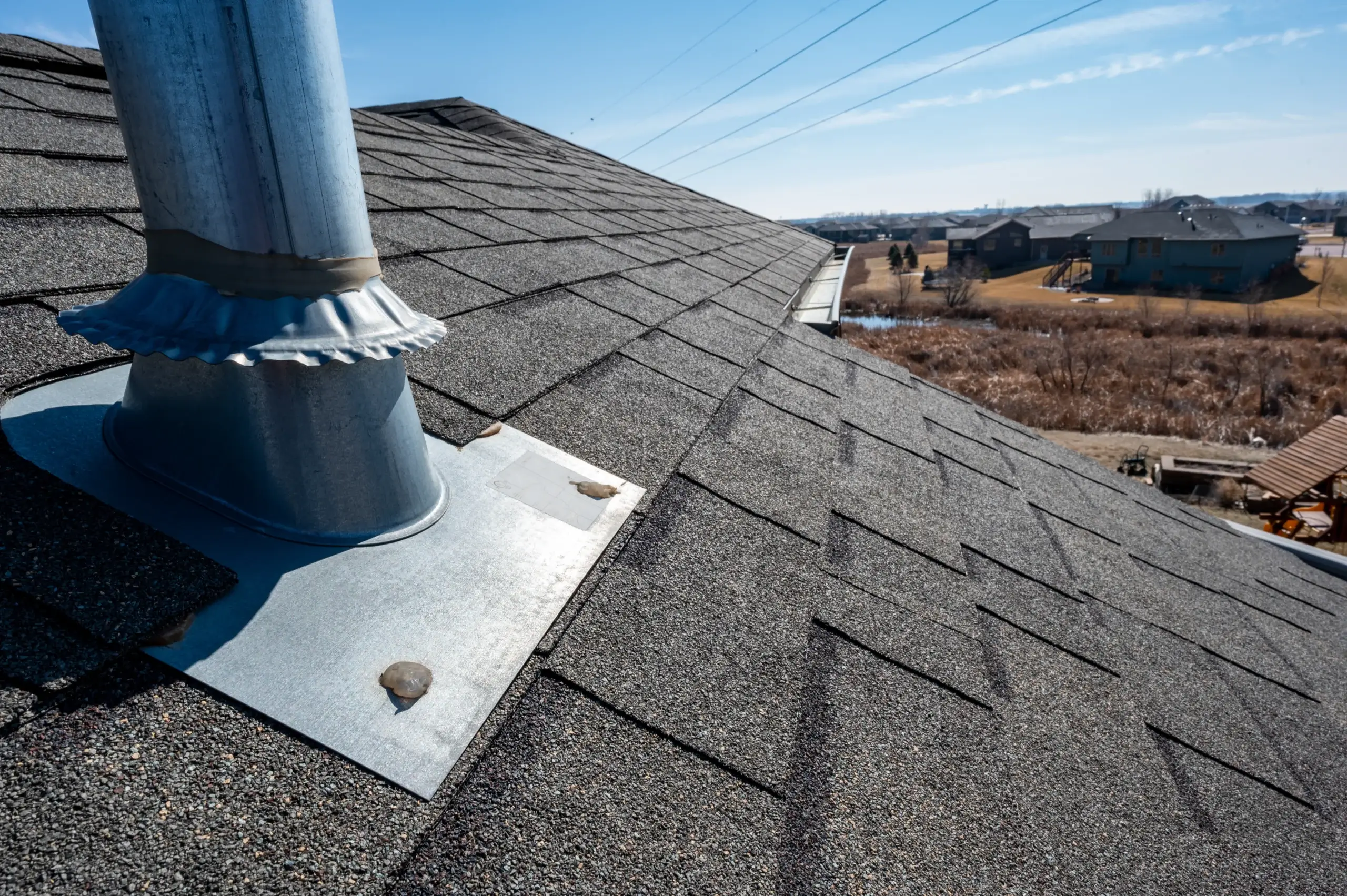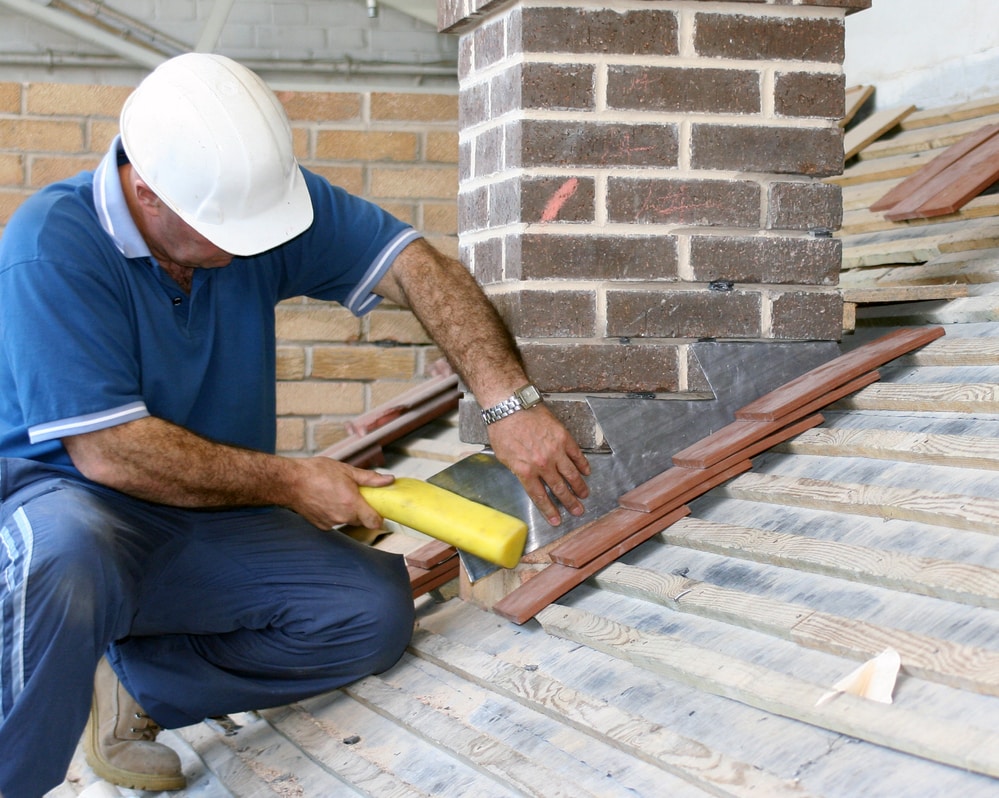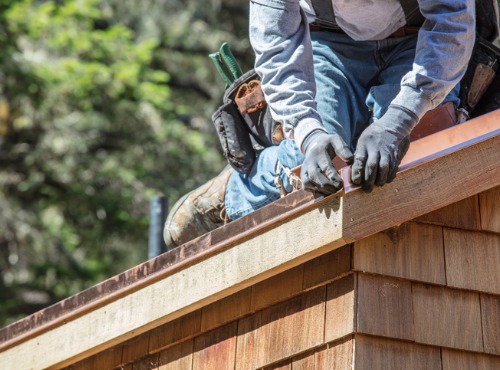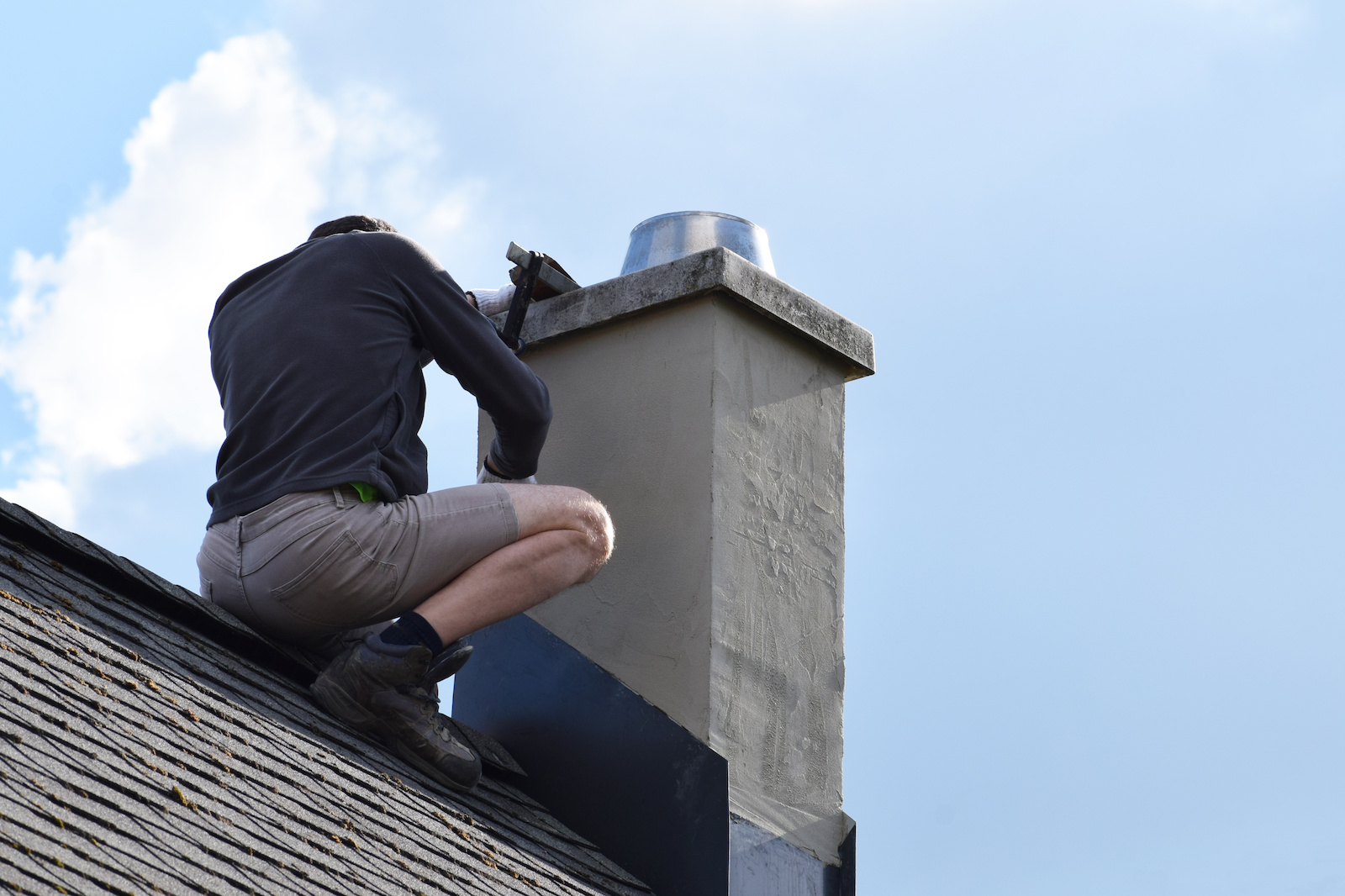A Deep Dive into Roof Flashing Repairs
Roof flashing plays a crucial role in preventing water infiltration and maintaining the integrity of your roofing system. Over time, flashing may deteriorate due to exposure to the elements, leading to leaks and potential water damage. In this deep dive into roof flashing repairs, we’ll explore the importance of flashing, common types of flashing, signs of damage, and step-by-step repair techniques to ensure your roof remains watertight and secure.
A Deep Dive into Roof Flashing Repairs: Understanding Roof Flashing

Roof flashing serves as a protective barrier against water intrusion at vulnerable points in the roofing system, such as intersections, valleys, chimneys, skylights, and vents. Made from durable materials such as aluminum, galvanized steel, or copper, flashing is designed to channel water away from these critical areas and prevent moisture from penetrating the roof’s structure. Properly installed and maintained flashing is essential for safeguarding your home against leaks, water damage, and costly repairs.
Types of Roof Flashing: From Eaves to Valleys

There are various types of roof flashing used to seal different areas of the roof and ensure comprehensive protection against water infiltration. Common types of flashing include:
- Step flashing: Installed at the intersection of roofing shingles and vertical surfaces such as chimneys or walls.
- Valley flashing: Placed in roof valleys to direct water runoff away from the roof’s centerline.
- Vent pipe flashing: Fitted around plumbing vent pipes to create a watertight seal.
- Drip edge flashing: Installed along the roof’s edges to prevent water from seeping under the roofing material.
- Counter flashing: Overlaps with vertical surfaces to provide additional protection against water penetration.
Signs of Roof Flashing Damage: Knowing When to Repair
Detecting signs of flashing damage early is crucial for preventing water leaks and minimizing potential roof damage. Common indicators of flashing deterioration include:
- Rust or corrosion on metal flashing.
- Missing, cracked, or damaged flashing.
- Lifted or warped flashing due to thermal expansion and contraction.
- Water stains or moisture buildup on interior ceilings or walls.
- Sagging or displaced roofing materials near flashing areas.
Step-by-Step Roof Flashing Repair Techniques

Repairing damaged roof flashing requires careful attention to detail and adherence to proper techniques to ensure a lasting and effective seal. Here’s a step-by-step guide to repairing roof flashing:
- Assess the extent of damage: Thoroughly inspect the flashing to identify areas of deterioration or damage.
- Clean the flashing and surrounding area: Remove dirt, debris, and old sealant from the flashing and adjacent roofing materials using a wire brush or scraper.
- Apply roofing cement or sealant: Use a high-quality roofing sealant compatible with the flashing material to create a watertight seal. Apply the sealant generously to cover any cracks, gaps, or damaged areas.
- Install replacement flashing if necessary: For severely damaged or corroded flashing, replacement may be necessary. Remove the old flashing and install new flashing using appropriate fasteners and sealant.
- Seal the flashing edges: Apply additional sealant around the edges of the flashing to ensure a secure and waterproof seal.
- Test for leaks: After completing the repair, conduct a thorough water test to check for any signs of leaks or water infiltration.
Preventative Maintenance and Care: Extending Flashing Lifespan

Regular maintenance is key to extending the lifespan of roof flashing and preventing future leaks or damage. Here are some preventative maintenance tips to keep your flashing in top condition:
- Inspect flashing annually for signs of damage or deterioration.
- Keep gutters and downspouts clear of debris to prevent water backup and overflow onto flashing areas.
- Trim overhanging tree branches to prevent damage from falling limbs and debris.
- Schedule professional roof inspections and maintenance as needed to address any flashing issues promptly.
Flashing Material Considerations: Choosing the Right Option

When repairing or replacing flashing, it’s essential to consider the best material for your specific roofing system and environmental conditions. Each type of flashing material offers unique advantages and considerations:
- Aluminum flashing: Lightweight, corrosion-resistant, and cost-effective, ideal for most residential roofing applications.
- Galvanized steel flashing: Durable and affordable, suitable for areas with high exposure to moisture and harsh weather conditions.
- Copper flashing: Highly durable and aesthetically pleasing, with natural corrosion resistance and a long lifespan, often used in historic or upscale roofing projects.
- Synthetic rubber or EPDM flashing: Flexible, weather-resistant, and easy to install, suitable for flat or low-slope roofs and areas prone to expansion and contraction.
Professional Inspection and Maintenance Programs: Investing in Long-Term Protection

For homeowners seeking comprehensive protection and peace of mind, investing in a professional inspection and maintenance program for their roofing system can provide invaluable benefits:
- Regular inspections: Professional roofers can conduct regular inspections of flashing and other critical roofing components to identify potential issues early and prevent costly damage.
- Preventative maintenance: Roofing professionals can perform routine maintenance tasks such as cleaning, sealing, and repairing flashing to ensure optimal performance and longevity.
- Priority service: Enrolling in a maintenance program often entitles homeowners to priority service and expedited repairs in the event of flashing leaks or other roofing emergencies.
- Extended warranties: Some roofing contractors offer extended warranties or guarantees on their workmanship and materials as part of a maintenance program, providing added peace of mind and protection against unforeseen expenses.
Conclusion: Protecting Your Home with Proper Flashing Repairs
Maintaining sound roof flashing is essential for safeguarding your home against water infiltration and costly damage. By understanding the importance of flashing, recognizing signs of damage, and following proper repair techniques, you can ensure your roof remains watertight and secure for years to come. Remember to prioritize preventative maintenance and address any flashing issues promptly to protect your home’s integrity and longevity. With proactive care and attention, you can enjoy peace of mind knowing your roof is well-protected against the elements.
If you’re in need of roof flashing repairs, don’t hesitate to contact us at Stradling Roofing and let us help with your needs.
